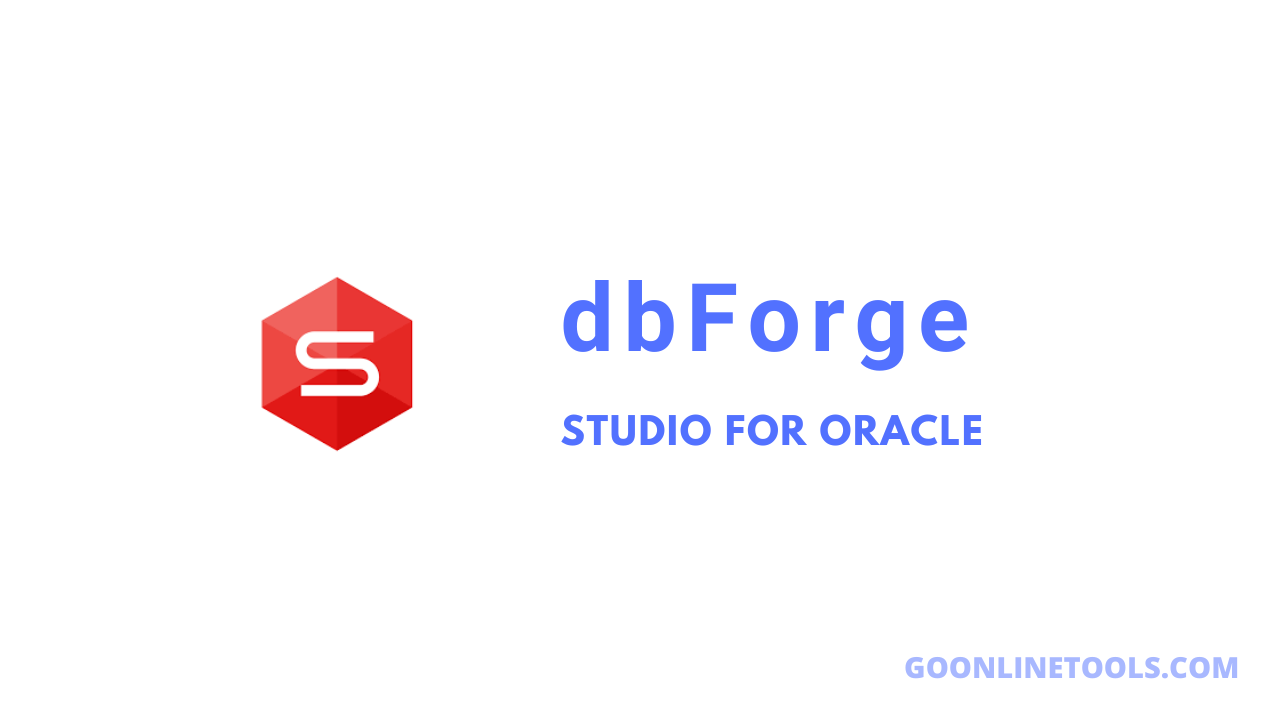
Featured image for "Optimizing Real-Time Data Processing with Apache Kafka"
Apache Kafka is a widely adopted open-source platform that facilitates the construction of real-time data streaming applications. With its high-throughput and low-latency capabilities, Kafka can effectively process substantial volumes of real-time data, making it well-suited for use cases such as metrics monitoring, log aggregation, stream processing, and operational analytics.
However, to fully capitalize on Kafka’s strengths for real-time systems, architects and developers must optimize several critical performance factors. The following best practices should be adhered to when configuring, designing, and deploying Kafka instances to maximize real-time data processing efficiency:
Understanding Apache Kafka
Apache Kafka is an open-source, distributed streaming platform designed to handle high-volume, real-time data streams efficiently. It provides a fault-tolerant, scalable, and durable system for ingesting, storing, and processing massive amounts of streaming data in real-time. Explore Kafka use cases for more information.
Optimize Kafka Cluster Resources
Carefully allocate sufficient resources for the Kafka cluster and streaming applications based on throughput requirements and service levels needed.
- Provision enough broker servers based on expected data volumes and required replication factors. Monitor CPU, memory, disk and network usage actively to add resources.
- Tune JVM configurations for the Kafka broker and clients via heap sizes, garbage collection policies, etc., optimized for the workload.
- Leverage newer instance types for better network and disk I/O. Use provisioned IOPS for storage volumes.
Partition Topics Appropriately
Topics comprise the category streams of messages in Kafka. Partition topics optimally across the cluster.
- Benchmark and partition topics to distribute load across brokers and disks evenly.
- Rebalance partition replicas dynamically if consumption or retention changes.
- Map message key hashing to partitions for message ordering guarantees.
Tune Kafka Broker Settings
Adjust key performance settings for the Kafka broker cluster:
- Tune the flush and commit intervals for brokers based on throughput and latency targets.
- Configure retention policies to expire older messages per analytics needs.
- Adjust replication factors for fault tolerance as per reliability objectives.
- Increase consumer group fetch sizes for higher delivery throughput.
Monitor Kafka Efficiently
Actively monitor the end-to-end health of the Kafka cluster using metrics for consumer lag, IO wait times, request rates, error rates and other vital statistics. Quickly address any bottlenecks or issues.
Optimize Producer and Consumer Code
On the software side, optimize Kafka client code for producers and consumers:
- Use producer batching and compression for higher throughput.
- Consume messages in parallel threads or concurrent streams.
- Handle errors and retries correctly in code logic.
- Set ideal fetch sizes and deserialization configs.
Proactively assessing and optimizing Apache Kafka deployments using these best practices enables organizations to achieve the low latency, scalability, and resilience required for today’s mission-critical real-time data processing use cases.
Real-Time Data Pipelines
One of the main use cases of Apache Kafka is building real-time data pipelines. With its distributed architecture and efficient message queuing system, Kafka allows seamless integration between disparate systems. By decoupling data producers from consumers, Kafka enables flexible and scalable data processing workflows. This ensures that data flows smoothly from various sources to multiple destinations in real-time.
Stream Processing
Apache Kafka also supports stream processing, which involves analyzing and transforming streaming data as it flows through the system. Using stream processing frameworks like Apache Flink or Apache Samza, businesses can perform complex analytics, real-time monitoring, fraud detection, and more on continuously updated data streams. The ability to process streaming data in real time opens up new possibilities for businesses to gain actionable insights and respond swiftly to changing conditions.
Data Integration at Scale
As businesses continue to adopt diverse technologies and systems, the need for seamless data integration becomes crucial. Apache Kafka acts as a central hub for data integration by enabling smooth communication between different applications and services. Its distributed nature allows it to handle high throughput and guarantees fault-tolerance even in the face of failures. By leveraging Kafka’s connectors and APIs, businesses can easily integrate their existing systems, databases, and applications to create a unified data infrastructure.
High Throughput and Fault Tolerance
One of the most significant advantages of Apache Kafka is its ability to provide high throughput and fault tolerance. This makes it suitable for handling large volumes of data and ensuring data reliability, even in the presence of hardware or network failures.
Data Persistence and Storage
Kafka allows for the efficient and rapid movement of data in the form of records, messages, or streams, enabling fault tolerance and long-term data storage. This feature is particularly valuable for scenarios that require the retention of data for extended periods.
Key Features and Benefits

Apache Kafka offers several key features and benefits for real-time data processing:
- Real-time Data Streaming: Kafka is designed to handle continuous flows of real-time data, such as event updates, logs, or messages, and can efficiently process and distribute this data.
- High Throughput and Fault Tolerance: It provides high throughput and fault tolerance, making it suitable for handling large volumes of data and ensuring data reliability.
- Data Persistence and Storage: Kafka allows for the efficient and rapid movement of data in the form of records, messages, or streams, enabling fault tolerance and long-term data storage.
- Scalability and Integration: It is a horizontally scalable platform that can be integrated with various third-party solutions, messaging systems, and legacy applications through connectors or open-source tools.
Kafka Use Cases
Apache Kafka is widely used in a range of real-time use cases, including
Messaging
Apache Kafka is an effective replacement for traditional message brokers, providing better throughput, built-in partitioning, replication, and fault tolerance. This makes it suitable for large-scale message-processing applications, such as instant messaging platforms and real-time communication systems. Kafka’s messaging capabilities are designed to handle continuous flows of real-time data, such as event updates, logs, or messages, and can efficiently process and distribute this data.
Website Activity Tracking
One of the original use cases for Kafka was to rebuild a user activity tracking pipeline as a set of real-time publish-subscribe feeds. This makes it ideal for high-volume activity tracking and real-time monitoring, enabling organizations to gain valuable insights from user interactions and behavior on their digital platforms. Kafka’s ability to handle continuous flows of real-time data makes it an ideal platform for tracking user activity in real-time, such as page views, searches, or other actions users may take.
Considerations
While Apache Kafka is a powerful tool for real-time data processing, it’s important to note that it may not be suitable for use cases that require critical real-time processing in microseconds. For such niche use cases, dedicated proprietary software may be required. Organizations should carefully assess their specific requirements and performance criteria when evaluating the suitability of Apache Kafka for their real-time data processing needs.
Another consideration when using Apache Kafka is its storage capabilities.
Conclusion
In conclusion, Apache Kafka is a versatile and robust platform for optimizing real-time data processing, offering high throughput, fault tolerance, and seamless integration with various data processing applications and systems.
The Editorial Team at GoOnlineTools.com specializes in delivering cutting-edge information on technology.
View all articles




